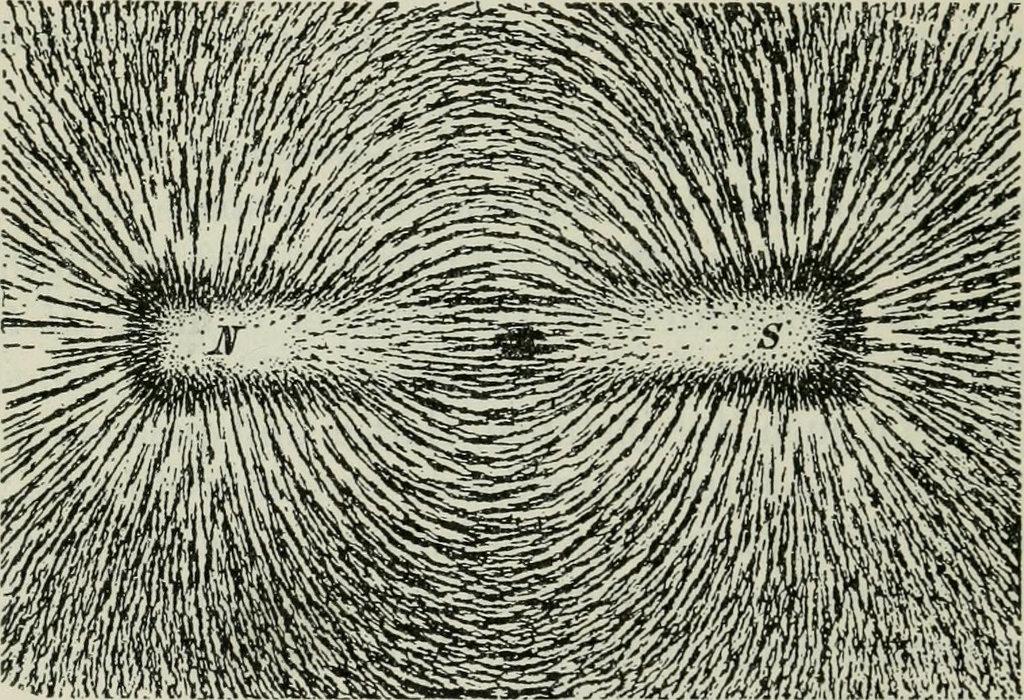|
Magnetism is a naturally occurring phenomena that has been a source of benefit to us all. This originates from magnetic fields created by moving charged particles or the magnetic moments of elementary particles. Like gravity, the magnetism has an effect on everything present on Earth because Earth itself acts like a magnet and has both North and South poles like any other magnet. This has allowed the use of compass for navigation where the magnet of the compass interacts with the magnetic field of the Earth. In general, magnetism has been a key part of many scientific breakthroughs and industrial applications. A lot of great minds have worked with concepts of magnetism to produce both theoretical and practical results. One such name is the renowned scientist Nikola Tesla whose work in AC motors was instrumental for AC transmission of electricity. At the time, it was realized that AC transmission at high voltage would reduce energy loss for long distance transmission. Tesla also realized that the current brush-type motor that were in use was inefficient, and wasted energy. So when Tesla conceptualized the use of rotating magnetic fields to form motors that can operate on AC with improved energy efficiency, it revolutionized the landscape of power transmission.
Fast forward to the present day, we see magnets and use of magnetism in day to day applications. Our credit and debit cards contain magnetic strips that hold the account information. Similarly, the use of magnetic tapes in cassettes to store data is still used albeit at a limited scale given the rise of modern storage mediums like DVDs and USB memory sticks. This can be deemed as an example of an application of magnetic field technology. On a larger scale, electromagnets are used in various fields. In scrap yards, they are used to separate magnetic material such as iron from other waste such as plastic. In the field of medicine, a very useful non-invasive method of medical imaging known as Magnetic Resonance Imaging (MRI) makes use of magnetism as well. A relatively new application of magnetism is Maglev trains. Maglev, derived from magnetic levitation, eliminates friction from the track by levitating the train thus allowing very high speed of travel. To see an example of this, drop a very strong magnet through a copper pipe, and see how long it takes to get to the end. (This rather remarkable phenomenon is due to magnetic field “bunching” and induced currents in the pipe. It’ll give you a better idea how the trains work.) Another strange phenomena is called magnetic field “pinning”. This has been demonstrated with a superconducting disk of yttrium barium copper oxide that has been cooled to liquid nitrogen temperatures and placed near the top of a disk magnet. The magnetic field lines become pinned or trapped inside the disk, and tilting the magnet results in the disk staying in that position. You can even flip it upside down, and the field pinning effect causes the magnet to stay in exactly the same position it held earlier relative to the magnet. Even though there is a sizable gap between the two, it looks like an invisible rod is connecting them. This may be the key to have elevated roadways that have both upper and lower surfaces used. Looking ahead, magnets and magnetism appears to be a key part of what lies ahead. Developments such as the Large Hadron Collider (LHC) in CERN are definitely future oriented. LHC is a particle accelerator that consists of thousands of superconducting magnets. Its aim is to test theories of particle physics and lead us to a new age of discovery. As we continue to push the limits of science to explore new horizons, it seems that magnetism will prove to be a key instrument in this voyage to bigger and better things.
0 Comments
Leave a Reply. |
Author
Phoenix Voyagers Archives
January 2023
CategoriesVisit our other blogs!
|
|


 RSS Feed
RSS Feed




